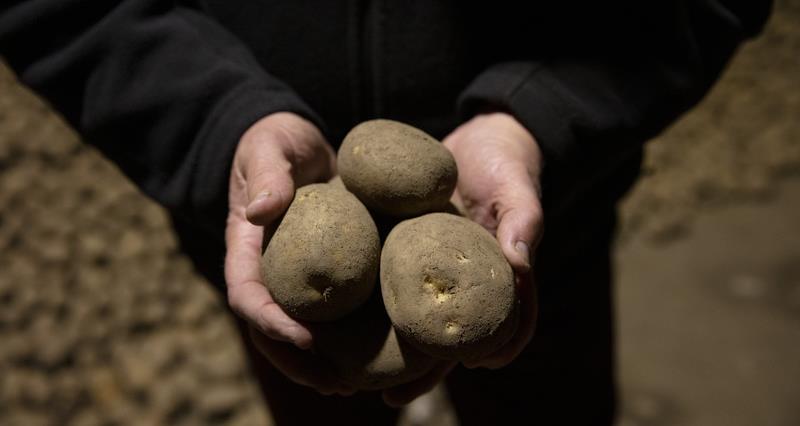Most parts of the UK saw a rebound in wheat area due to the improved planting conditions compared to the extremes of autumn 2023. This is except for the South West (-6%) where wet weather again hampered planting, and the South East (-1%).
UK Flour Millers Group 1 varieties accounted for 19% of the 2025 GB wheat area, a decline of five percentage points. The Group 2 area also declined to 17% from 19%; by contrast, the share of Group 3 wheat varieties rose from 2% to 7%
The results reflect the lingering impact of a wet start to the 2024/25 planting season in some regions. Wet weather last autumn contributed to a 7% drop in winter barley area, with crop economics and rotation needs also influencing growers’ decisions, AHDB has said.
“While the increase in cropping areas compared to last year is welcome after such a difficult growing season, this season has proved just as challenging so far.”
NFU Combinable Crops Board Chair Jamie Burrows
Combined with a 6% year-on-year decline in spring barley, the total GB barley area is down 6% year-on-year to 1,101 Kha.
In contrast, dry spring conditions supported planting, helping to limit the decline in spring barley and boosting oats. The UK oat area is estimated to rise 13% year-on-year to 207 Kha, the highest since 2020.
Challenging season
The survey was held between April and May and while the results are less severe than those predicted in the early bird survey in March, AHDB Analyst Matt Darragh has said “growers had to fight the weather again last autumn to try to get back to their desired rotations after being forced to change the previous year, but this survey indicates it’s not been possible for everyone”.
“The larger wheat area will help to mitigate the impact on 2025 production from the very dry spring we had this year. But there’s a lot of uncertainty over the prospects for all crops, including wheat, after such a dry spring,” he said.
Responding to the news, NFU Combinable Crops Board chair Jamie Burrows said: “While the increase in cropping areas compared to last year is welcome after such a difficult growing season, this season has proved just as challenging so far.
“The total cropped area remains well below what farmers would expect in a more normal year, and this is set against a backdrop of seemingly good conditions around the rest of the world.
“The result will likely be another below-average harvest which will be sold at low prices due to ample world supply, compounding the profitability and confidence crisis which the combinable crops sector is already in.”
SFI impact
AHDB speculated that the closure of SFI24 applications in England earlier this year may have prompted some growers to switch to spring cropping.
Elsewhere, the oilseed rape area for Great Britain has dropped sharply, down 19% to 236 Kha, the lowest level in 40 years. AHDB cited pest pressures, poor weather, and low returns, alongside alternative options under SFI as the main causes. It is 32% below the five-year average of 346 Kha.
The total cereals area in Great Britain saw a modest increase of 1%, up to 2,918 Kha for 2025.


